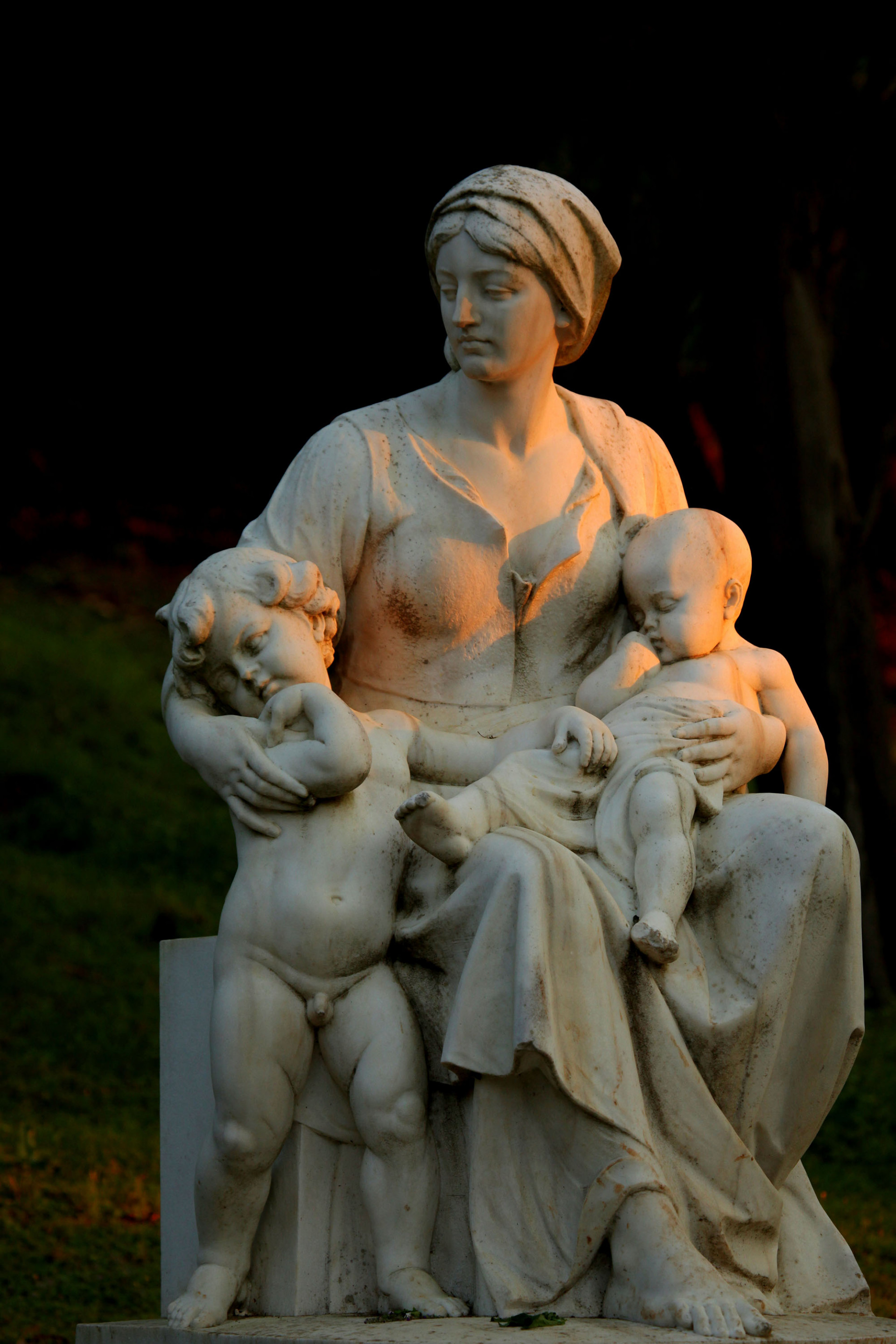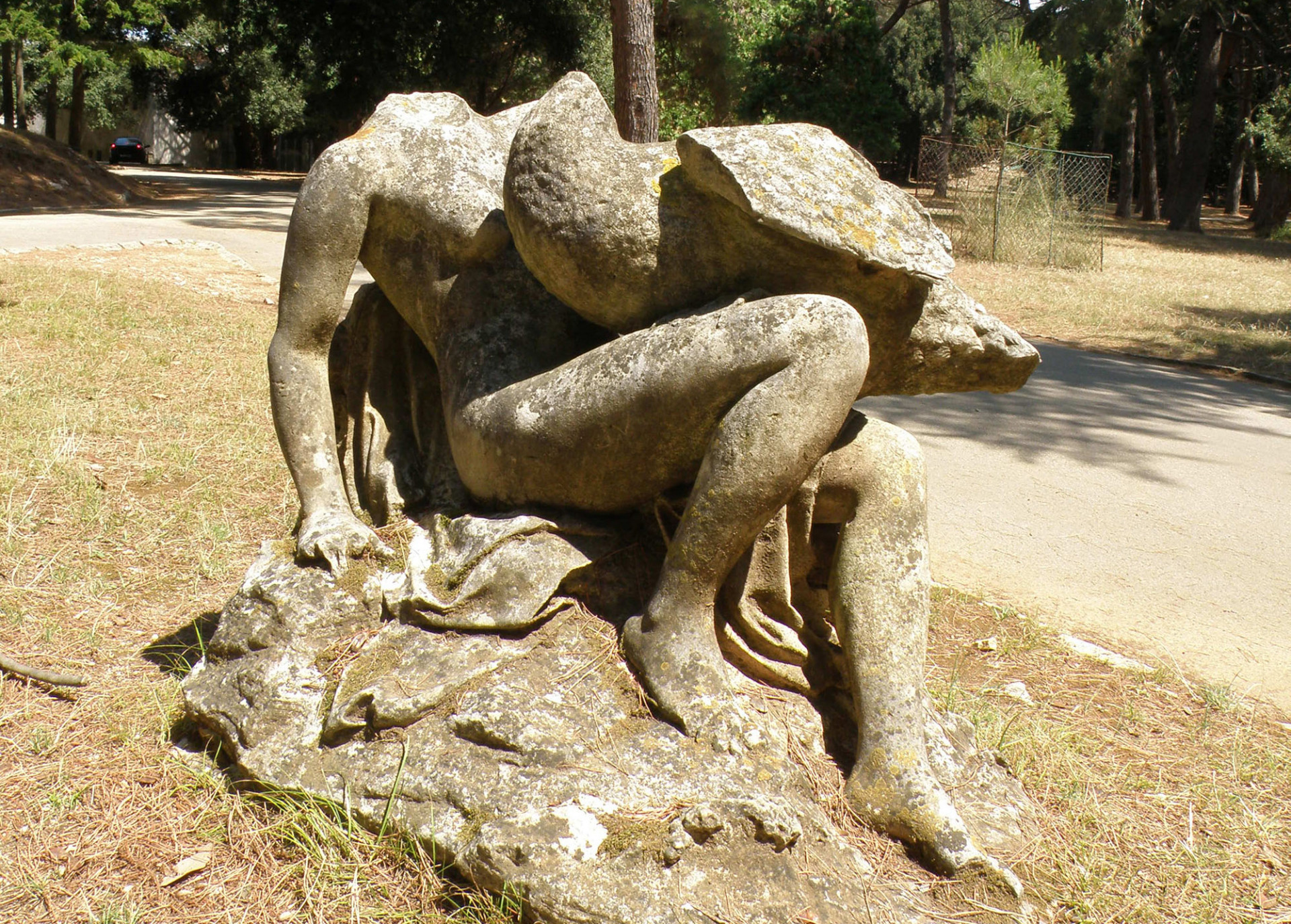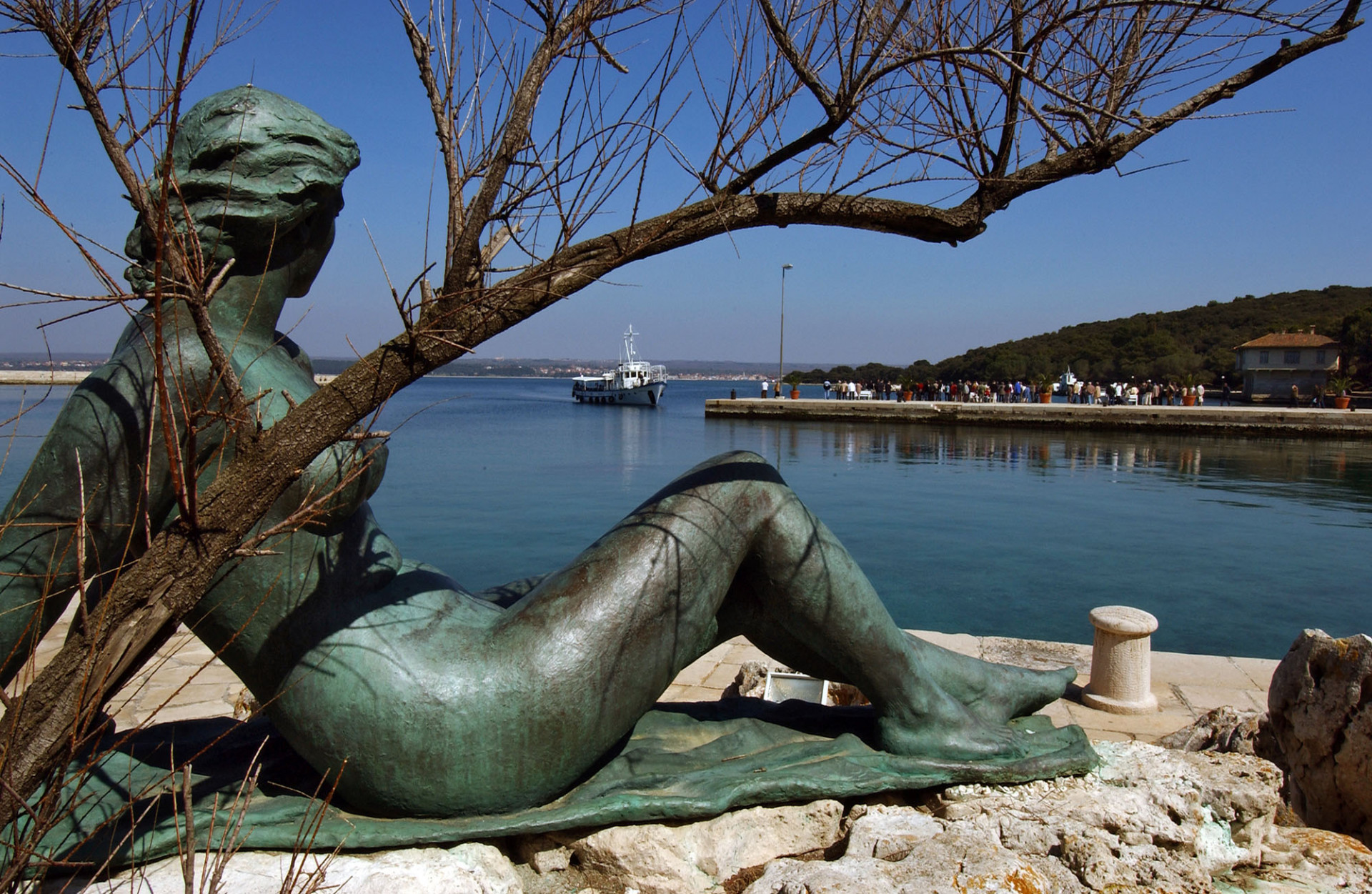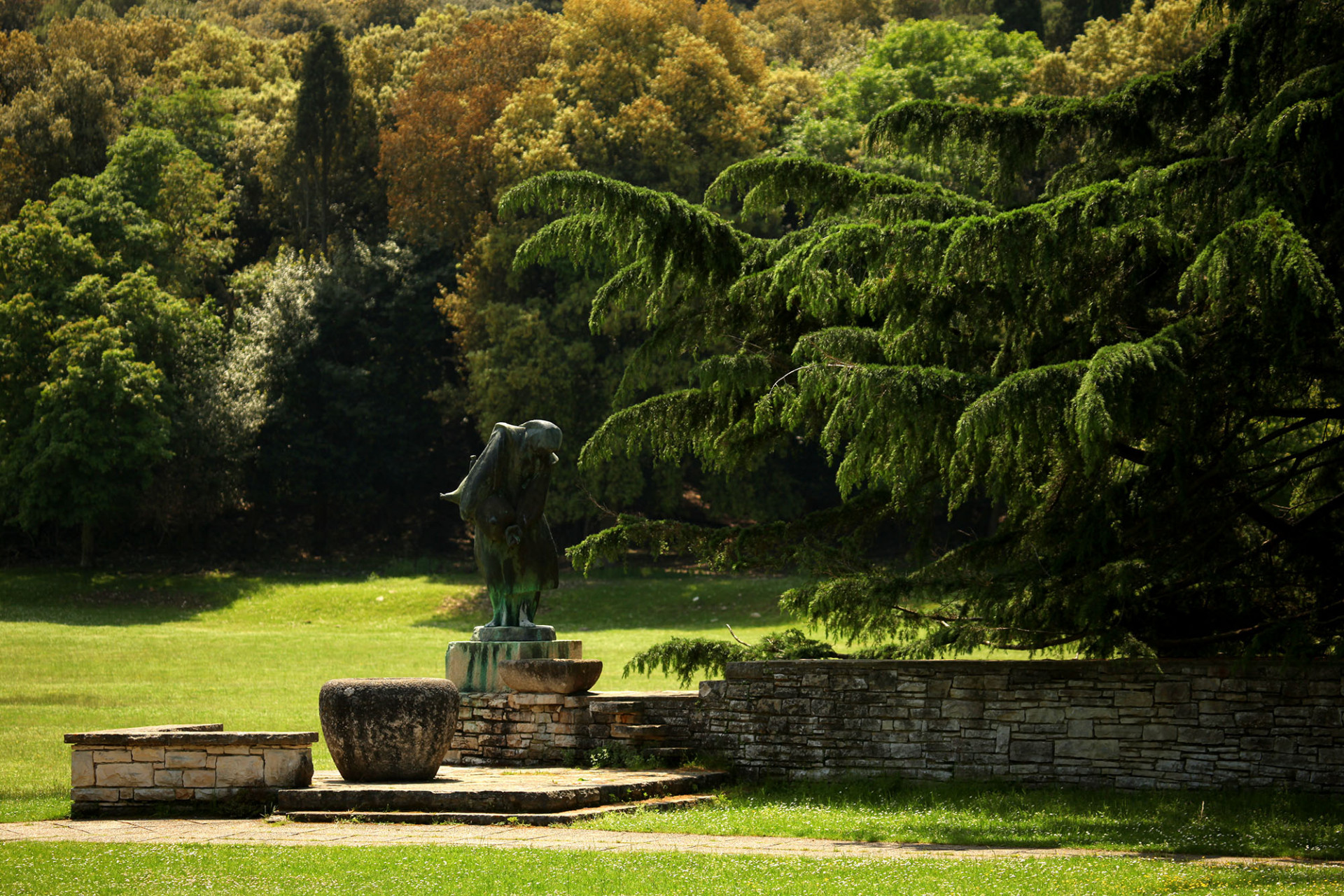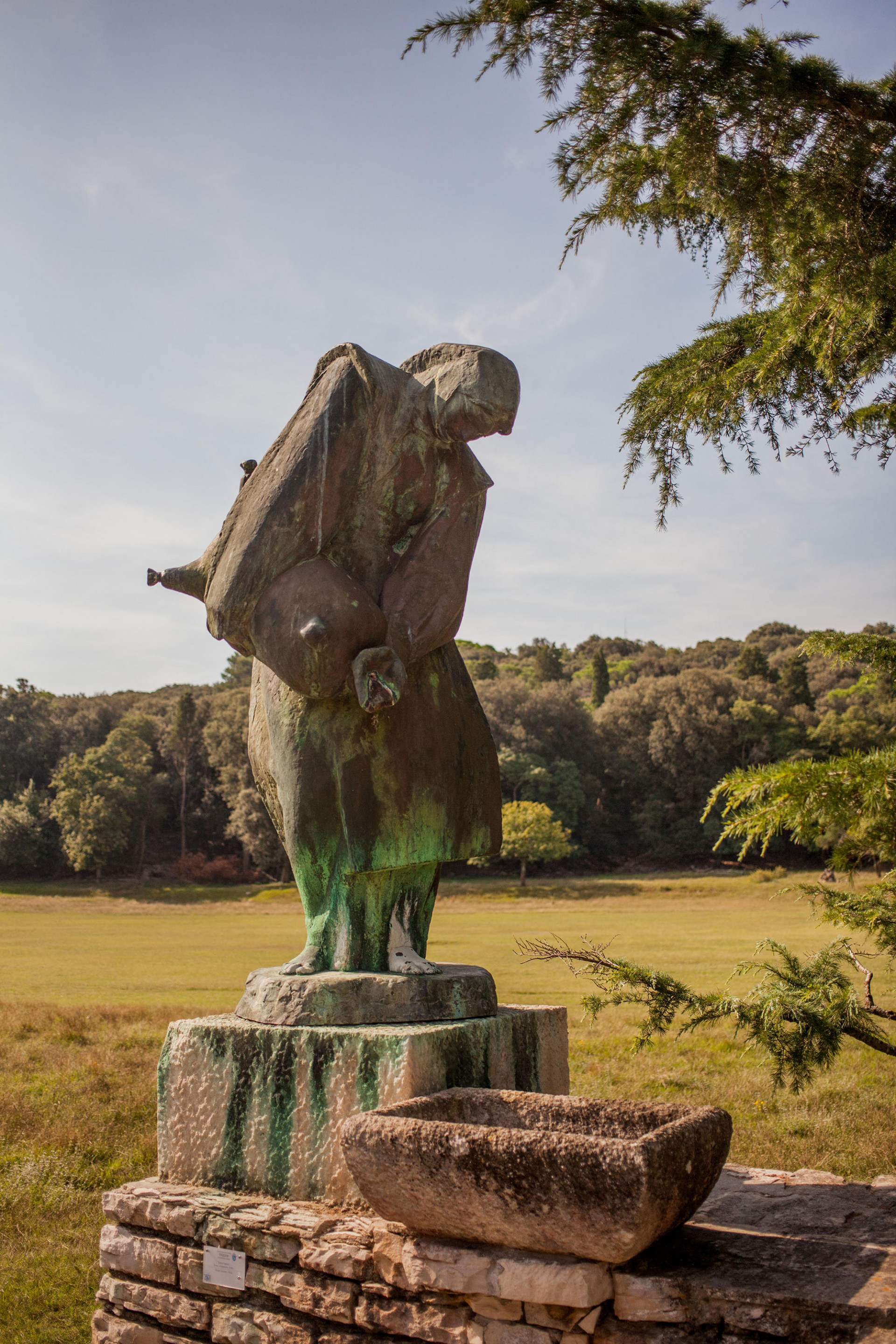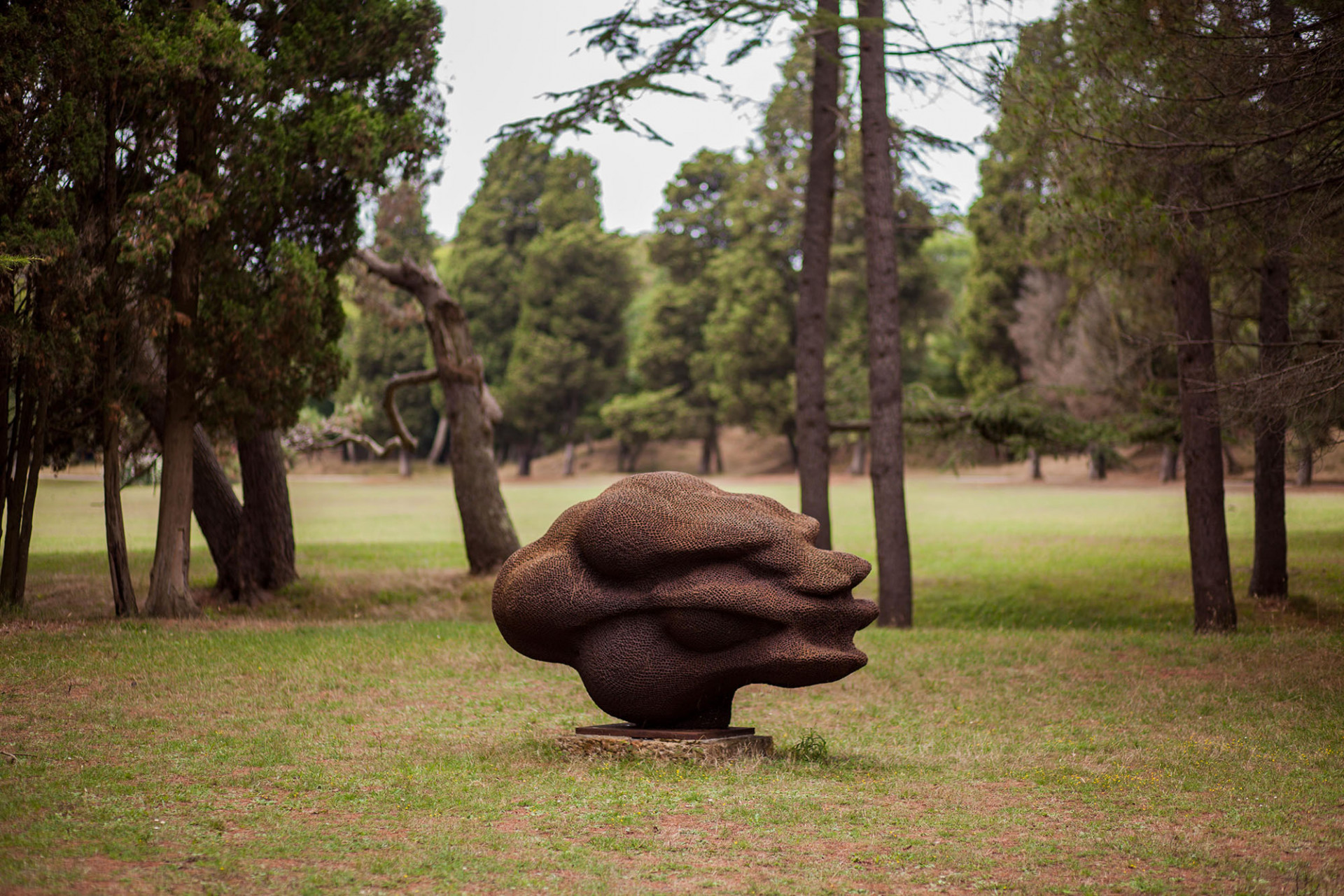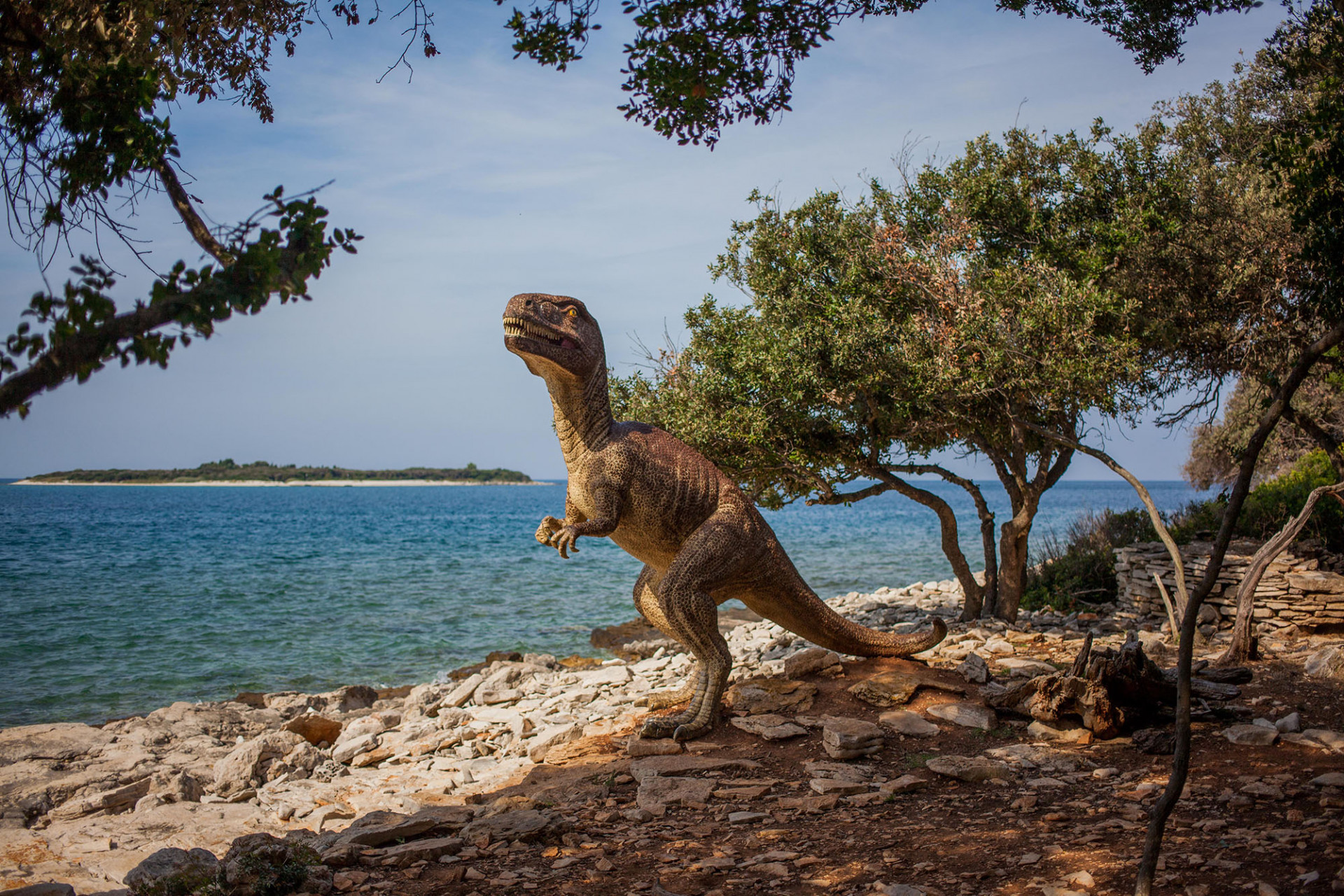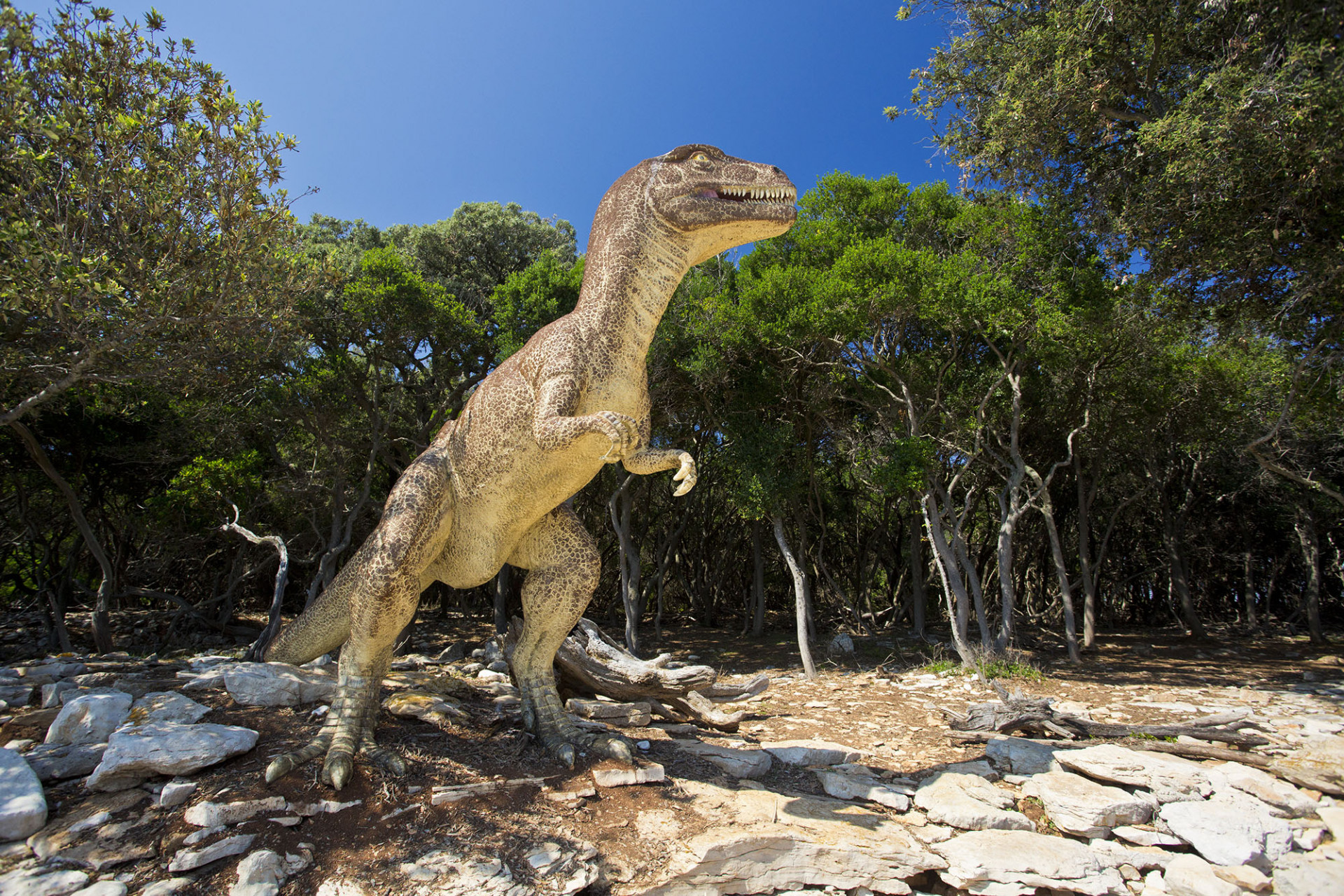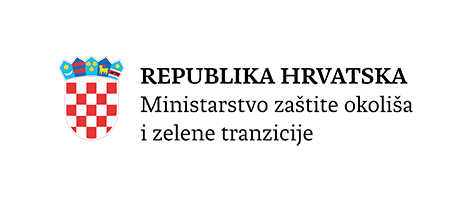At the beginning of the 20th century, when Paul Kupelwieser was the owner of the archipelago, sculptures “Labour” and “Caritas” by Caspar Clemens Zumbusch (1830 –1915) were set up in the vicinity of the harbour.
Upon his departure from the Vitkovice ironworks, Paul Kupelwieser was given a table decoration representing two allegorical figures: Labour (blacksmith) and Caritas (mother with children). These characters portrayed Kupelwieser himself, the way he was perceived by the owners of the ironworks: a hardworking individual graced with respect, loyalty and love. The said table decoration was used as a model for marble sculptures which still serve as reminders that hard work and selfless love lead to great achievements and that even a malaria-ridden swamp can be transformed into an oasis of natural beauty and tranquillity.
 Parks of Croatia
Parks of Croatia
 EU projects
EU projects English
English

